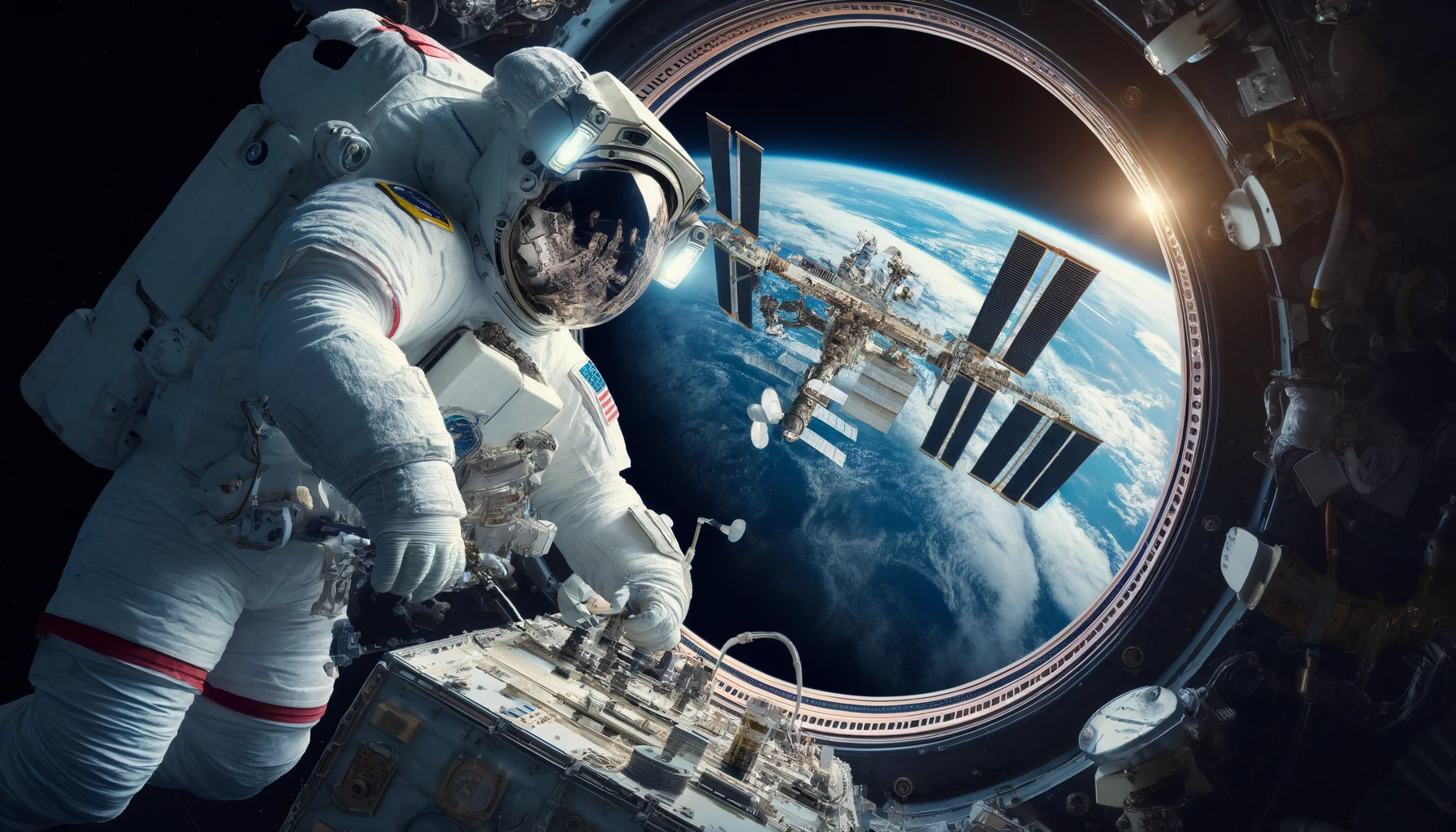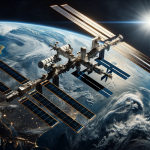In the ongoing quest for space exploration, moonwalk simulations are being actively prepared, marked by innovative approaches including underwater training to mimic the moon’s low-gravity environment. This forward-looking endeavor is not just a testament to human ingenuity but also a crucial step in ensuring the safety and success of future lunar missions. The simulation exercises are focused on both technical and physical training, crucial for the challenges astronauts will face on the lunar surface.
Historically, moonwalk simulations have utilized a variety of techniques to prepare astronauts for the lunar environment. Traditional methods often involved the use of bulky suits and vertical suspension systems to simulate reduced gravity. However, as technology has advanced, the methods have too. Current training exercises have become increasingly sophisticated, integrating virtual reality and underwater simulations that offer a more accurate representation of lunar conditions. These modern techniques allow astronauts to experience and navigate the moon’s terrain realistically, ensuring better preparedness for actual lunar missions.
Moreover, comparing the old and new methods highlights a significant evolution in astronaut training. The shift from basic mechanical aids to complex, realistic simulations marks a significant milestone in space training programs. It not only enhances the training experience but also significantly reduces the risks associated with space missions by addressing potential challenges more effectively. This evolution is also a response to the increasing complexity of missions, which now often involve more intricate tasks on the lunar surface.
Deep Dive into Simulation Techniques
The shift towards more immersive and realistic simulation techniques is a direct response to the growing demands of lunar exploration. By incorporating advanced virtual reality, astronauts can now train in an environment that closely mimics the moon’s surface, providing invaluable experience without the risks of actual space travel. Underwater training specifically addresses the need to operate in low-gravity conditions, which is crucial for tasks such as installation of equipment and navigation on the lunar surface.
The integration of these advanced technologies not only improves the quality of training but also ensures that astronauts are fully prepared for the complexities of their missions. This preparation is essential for the success and safety of missions, aiming to reduce potential errors and increase efficiency during actual moonwalks.
Technological Integration in Astronaut Training
The use of cutting-edge technology in astronaut training is an essential factor in the preparation for moonwalks. Virtual reality simulations, for example, allow astronauts to experience a variety of scenarios they might face on the moon. The realistic scenarios help in psychological preparation, reducing potential stress and anxiety during actual missions. Similarly, underwater training helps in physical conditioning, essential for dealing with the moon’s challenging environment.
Such comprehensive training is instrumental in mission planning and execution, ensuring that crew members are well-prepared for any challenges they may encounter. The ability to simulate various conditions and scenarios also allows for the testing of equipment and tools that astronauts will use on the moon, ensuring their functionality and reliability in actual lunar conditions.
Implications of Advanced Astronaut Training
- Enhances safety and efficiency of lunar missions.
- Allows realistic simulation of lunar conditions.
- Improves psychological and physical preparedness of astronauts.
In conclusion, the advancements in moonwalk simulation techniques, especially the use of underwater training and virtual reality, play a crucial role in preparing astronauts for future lunar missions. These methods not only improve the realism of the simulations but also ensure that astronauts are well-prepared psychologically and physically for the challenges of lunar exploration. This comprehensive approach to training is expected to enhance the success and safety of future manned lunar missions, marking a significant step forward in human space exploration.










